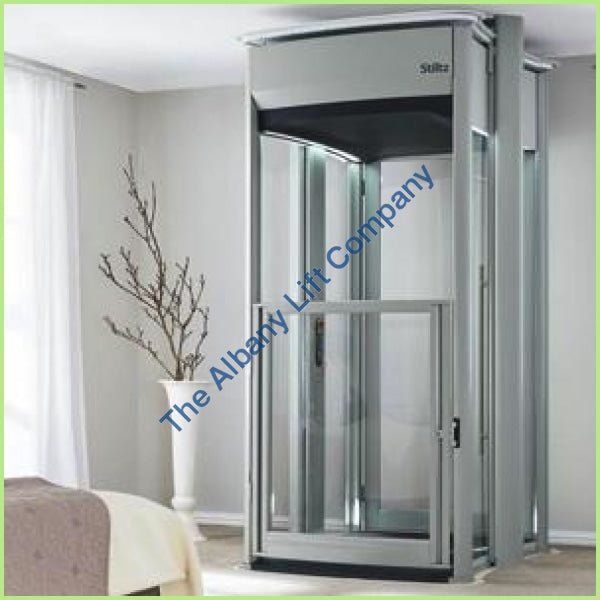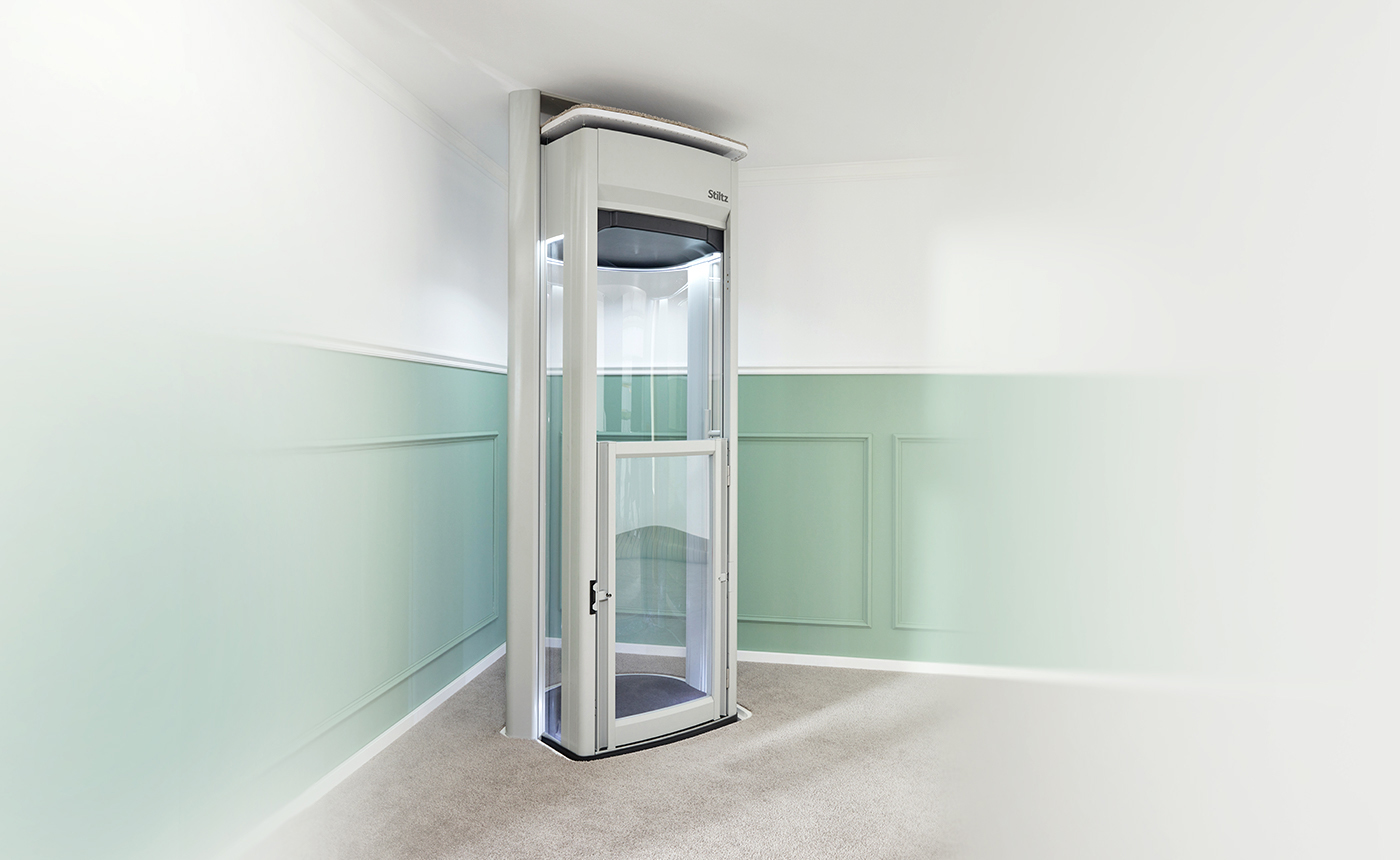We Maintain Lifts with Precision: Ensuring Safety And Security and Performance
We Maintain Lifts with Precision: Ensuring Safety And Security and Performance
Blog Article
Unwinding the Complexities of Lift Technology: Troubleshooting Common Problems Throughout Lift Models
In the realm of lift modern technology, a myriad of details often lie below the surface of what seems a simple mechanism. From slow-moving procedure problems to peculiar noises emanating from the equipment, fixing common troubles throughout different lift designs requires an eager eye for information and an organized strategy - repair and maintenance services. As we start this trip to unravel the complexities that can plague these crucial tools, a deeper understanding of the inner workings and potential mistakes of lift technology is important. Remain tuned as we browse through the maze of lift breakdowns, looking for options to the enigmatic issues that can interrupt the smooth functioning of these vital apparatuses.
Determining Slow Operation Issues

Next, check the electrical links to make certain that all parts are effectively attached and operating. Malfunctioning electrical wiring or loose links can cause slow down operation or complete malfunction of the lift system. In addition, it is vital to test the control system to establish if the concern hinges on the programs or sensors.
If the visual inspection and electric checks do not expose the source of the sluggish operation, further analysis examinations may be essential. These might include pressure examinations for hydraulic systems, voltage tests for electric parts, or running diagnostic software application for the control system. repair and maintenance services. By following a systematic strategy to fixing sluggish procedure issues, you can successfully solve the problem and recognize, making sure the lift operates securely and properly
Attending To Strange Sounds
To effectively troubleshoot lift modern technology for odd noises, a complete assessment of the lift components following the identification of slow-moving procedure issues is important. Weird noises in lifts can be a measure of underlying issues that call for prompt attention to make sure the security and integrity of the system.
Moreover, it is important to refer to the lift producer's maintenance guidelines and seek support from certified specialists when taking care of complex lift parts or unfamiliar troubleshooting treatments. By without delay resolving strange noises and dealing with underlying problems, lift drivers can make sure the optimal efficiency and security of the lift system for drivers and travelers.
Handling Faulty Control Problems
An efficient method for resolving damaged control troubles in lift modern technology includes performing an extensive analysis of the control system's components and functionality. When running into issues with lift controls, it is critical to very first look for any type of loosened connections, damaged circuitry, or malfunctioning sensors. Verifying that all control screens, keypads, and switches are operating correctly is likewise crucial in diagnosing the issue properly.
If no visible issues appear, technicians must continue to evaluate the control panel for any type of indicators of water damage, rust, or getting too hot, as these can typically cause control breakdowns. Additionally, resetting the control system or upgrading the software application may aid fix certain problems or pests creating the issue.

Taking On Hydraulic System Malfunctions
The performance of hydraulic systems in lifts relies heavily on the appropriate performance of numerous parts within the system. When hydraulic systems malfunction in lifts, it can lead to operational disruptions and security problems.
In addition, abnormalities in hydraulic fluid levels or uncommon sounds during lift operation might show underlying system breakdowns that need immediate focus to protect against additional damage. Regular upkeep and prompt troubleshooting of hydraulic system problems are important to guaranteeing the effective and safe procedure of lift innovation.
Handling Electric Element Failures
Resolving electric component failings in lift innovation necessitates an organized technique to diagnosing and resolving concerns to preserve functional performance and safety criteria. When coming across electrical issues in lift systems, it is essential to initial carry out a comprehensive examination of the electrical parts, including control board, wiring, sensing units, and circuit boards. Any kind of signs of damages, corrosion, loose links, or scorched components must be carefully kept in mind and addressed immediately to prevent additional complications.
In the situation of electric component failings, it is vital to comply with manufacturer guidelines for repairing and repair treatments. This might include examining the components utilizing multimeters, oscilloscopes, or various other diagnostic tools to identify the exact source of the malfunction. In addition, having a comprehensive understanding of the lift's electrical schematics and electrical wiring layouts can aid in determining and remedying problems efficiently.
Routine upkeep and evaluation routines can help protect against electric failures by finding potential issues at an early stage. Correct training for lift technicians on electric systems and parts is additionally important to make certain exact diagnosis and reliable resolution of electrical troubles, inevitably adding to the overall safety and reliability of lift operations.
Verdict
In verdict, troubleshooting lift innovation calls for a methodical approach to identify and resolve typical troubles such as sluggish procedure, unusual sounds, faulty controls, hydraulic system malfunctions, and electric component failures. By recognizing the complexities of lift innovation and adhering to correct fixing steps, technicians can efficiently settle issues and make sure the safe and reliable operation of lifts throughout numerous designs.
To efficiently troubleshoot lift innovation for unusual noises, a thorough exam of the lift go now elements following the important site recognition of slow procedure problems is vital. Strange sounds in lifts can be indicative of underlying troubles that need punctual interest to guarantee the safety and dependability of the system.An effective method for dealing with damaged control problems in lift modern technology involves carrying out a comprehensive analysis of the control system's components and performance.The effectiveness of hydraulic systems in lifts depends greatly on the proper functioning of different components within the system. repair and maintenance services. When running into electrical issues in lift systems, it is essential to first carry out a thorough assessment of the electric parts, including control panels, circuitry, sensing units, and circuit boards
Report this page